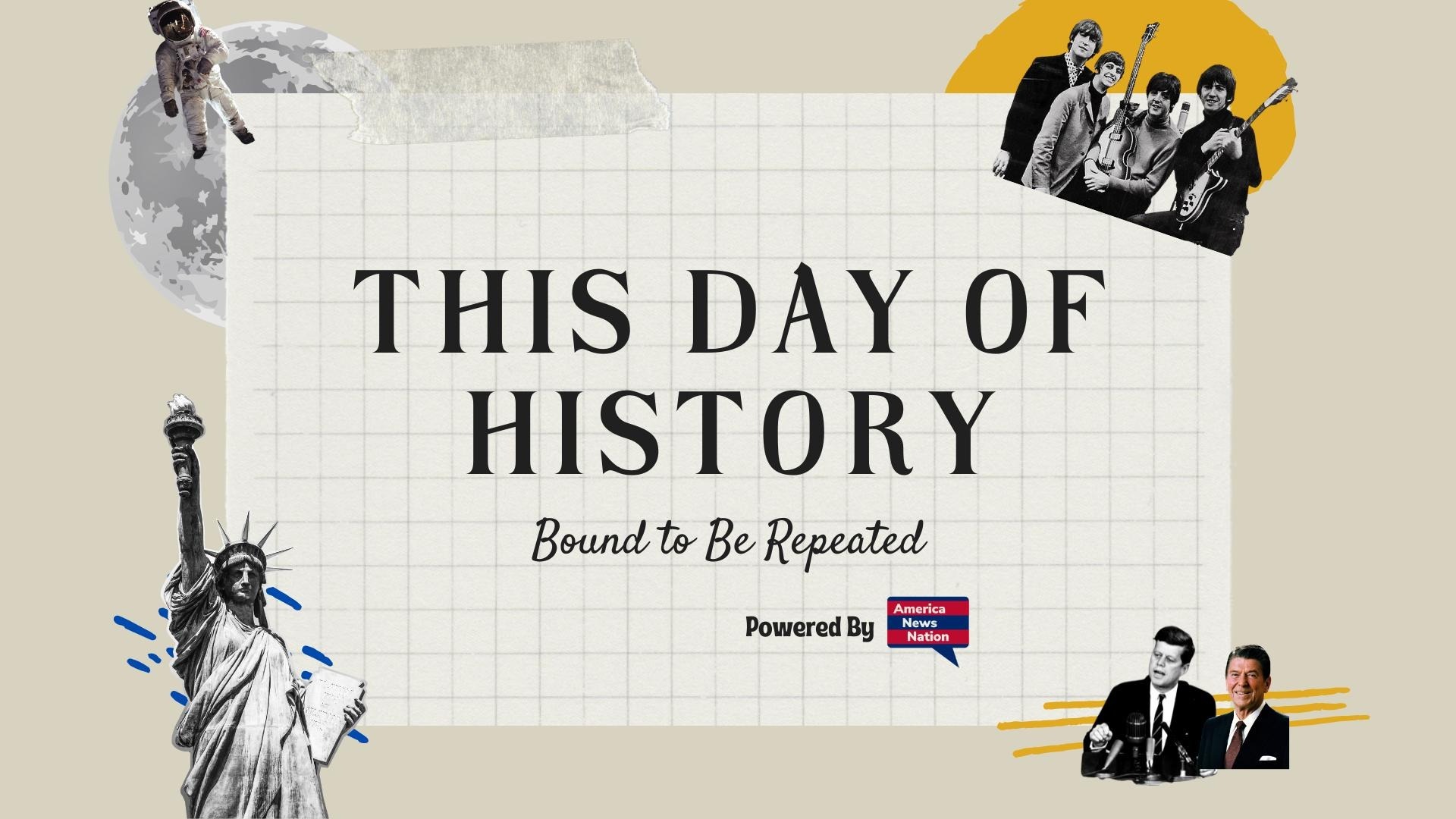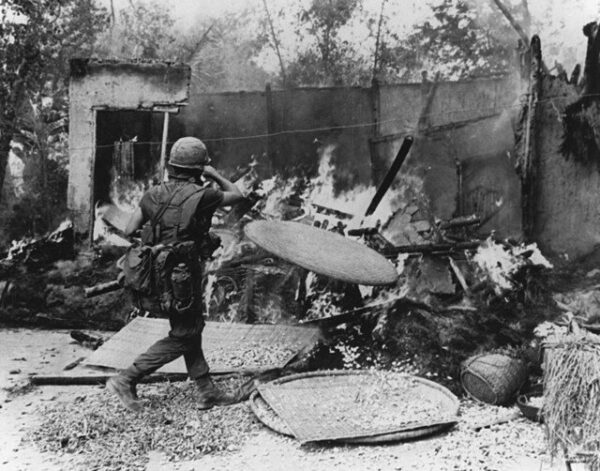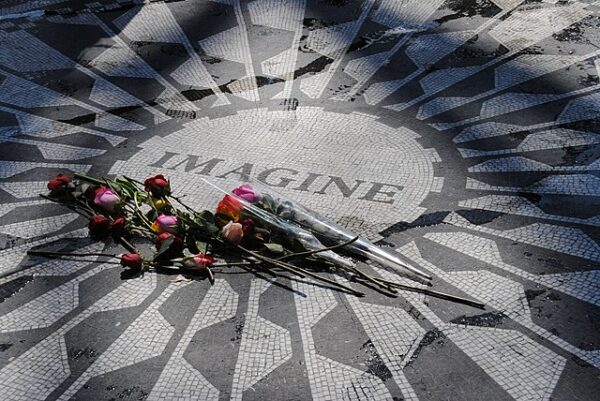On March 29, 1971, Lieutenant William L. Calley Jr. was convicted of premeditated murder for his leading role in the My Lai massacre—one of the most horrific and consequential atrocities of the Vietnam War. The conviction marked a rare instance of individual accountability in a conflict defined by ambiguity and ethical controversy, sparking intense national debate about justice, responsibility, and the moral toll of America’s military presence in Southeast Asia.
The massacre had occurred three years earlier, on March 16, 1968, in the rural hamlet of My Lai in South Vietnam. Calley, then 24 years old and commanding a platoon from Charlie Company, 1st Battalion, 20th Infantry Regiment, led his men on what was described as a “search-and-destroy” mission. What unfolded, however, was a systematic killing spree: between 347 and 504 unarmed Vietnamese civilians—including women, children, and the elderly—were brutally murdered. Many victims were raped, mutilated, and executed at point-blank range.
Initially, the U.S. Army attempted to suppress details of the event, framing it as a successful engagement against enemy forces. However, in 1969, whistleblowers within the military and investigative journalists, most notably Seymour Hersh, began to expose the truth. Gruesome photographs captured by Army photographer Ronald Haeberle provided irrefutable visual evidence, shocking the public and forcing the Army to initiate a formal investigation.
Although more than two dozen officers and soldiers were implicated, Calley was the only individual ultimately convicted. After a four-month court-martial, he was found guilty of the premeditated murder of at least 22 civilians and sentenced to life in prison with hard labor.
Yet rather than offering closure, Calley’s conviction intensified public outrage and deepened national divisions. Many Americans viewed him as a scapegoat—a low-ranking officer operating in the chaos of a war marked by unclear directives and shifting ethical boundaries. Widespread protests emerged, not only against the war itself but also in defense of Calley. Public opinion polls revealed that a majority of Americans disagreed with the verdict, and the phrase “Free Calley” quickly became a populist rallying cry.
Responding to the political pressure, President Richard Nixon intervened just three days after the conviction, ordering Calley’s release from prison and placing him under house arrest at Fort Benning, Georgia. In 1974, his sentence was commuted to time served—three and a half years of house arrest.
The legacy of the Calley trial remains complex and bitter. For critics of the Vietnam War, it underscored the moral degradation inherent in the U.S. mission. For military supporters, it raised concerns about the fairness of prosecuting soldiers in civilian-style tribunals for actions taken under the duress of combat. For the survivors of My Lai, it represented an incomplete and deeply inadequate form of justice.
Importantly, the trial prompted crucial reforms in military conduct and training. The long-held defense that one was “just following orders” was forcefully challenged, ushering in new emphasis on the duty of soldiers to resist unlawful commands and adhere to the laws of armed conflict.
Years later, Calley publicly expressed remorse. In a 2009 speech, he admitted, “There is not a day that goes by that I do not feel remorse for what happened that day in My Lai.” Yet the atrocity’s impact endures—an indelible stain on the American conscience.






